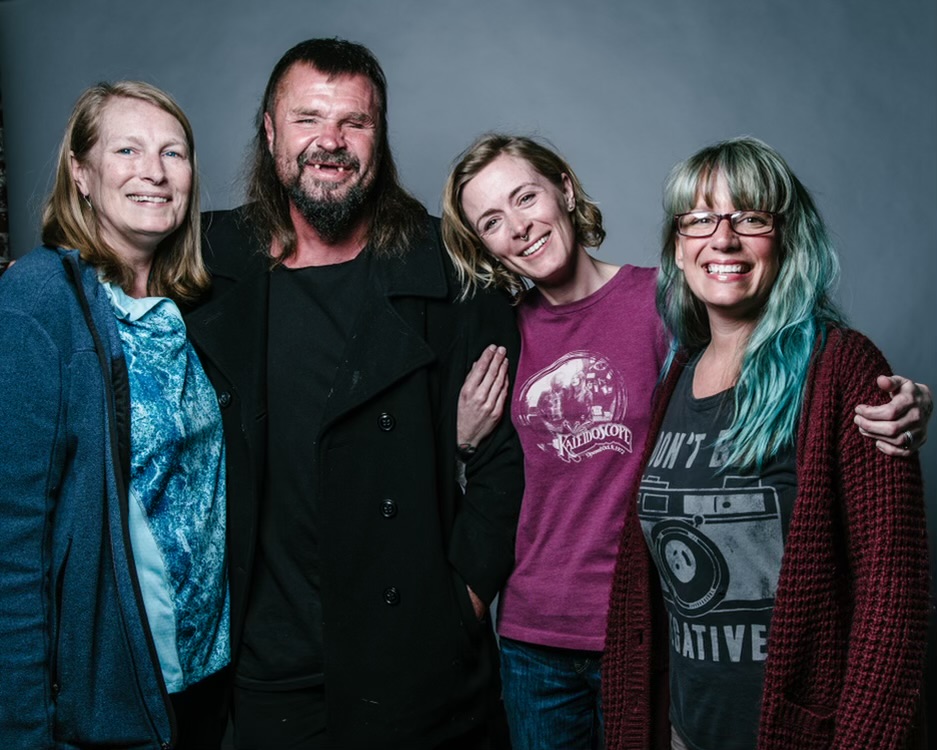Summary
Springfield Housing Authority is implementing a Rental Assistance Demonstration conversion of its public housing units. The units — which are all about 50 years old — are being completely remodeled. Tenants’ rent is not increasing, and they are being switched to a Section 8 housing voucher.
Glennetta Todd was among the nearly 130 residents of Springfield’s public housing who had to relocate — at no cost to them — for six months last year while her unit was completely remodeled.
While most of those residents were moved into other public housing units around town, Todd was placed in a motel.
When she returned home about a month ago, Todd found new vinyl flooring throughout, fresh paint, new appliances including a dishwasher and washer and dryer, and a bathroom that is truly able to accommodate her wheelchair.
Sitting outside her unit on a recent warm and sunny day, Todd had zero complaints about having to temporarily relocate. In fact, Todd said she felt “waited on hand and foot” during her stay at the motel.
“I liked that part,” Todd said, smiling.
Todd has used a wheelchair for four years and resides in one of the ADA-compliant units at the Keystone Family Homes complex (formerly the Bolivar Road Apartments).
Asked what she liked best about her remodeled unit, Todd said it’s so much more wheelchair accessible than what it used to be.
“The roll-in shower, that I like a lot. Before I couldn’t get into the tub,” she said. “I like the new floors. They had, I call it turf carpet. And now that it’s smooth like it is, I can roll around a lot easier.”
The renovations were part of phase one of the Housing Authority of Springfield’s (HAS) efforts to rebrand and ultimately phase out “public housing.” Tenants are being switched to a Section 8 voucher-based program.
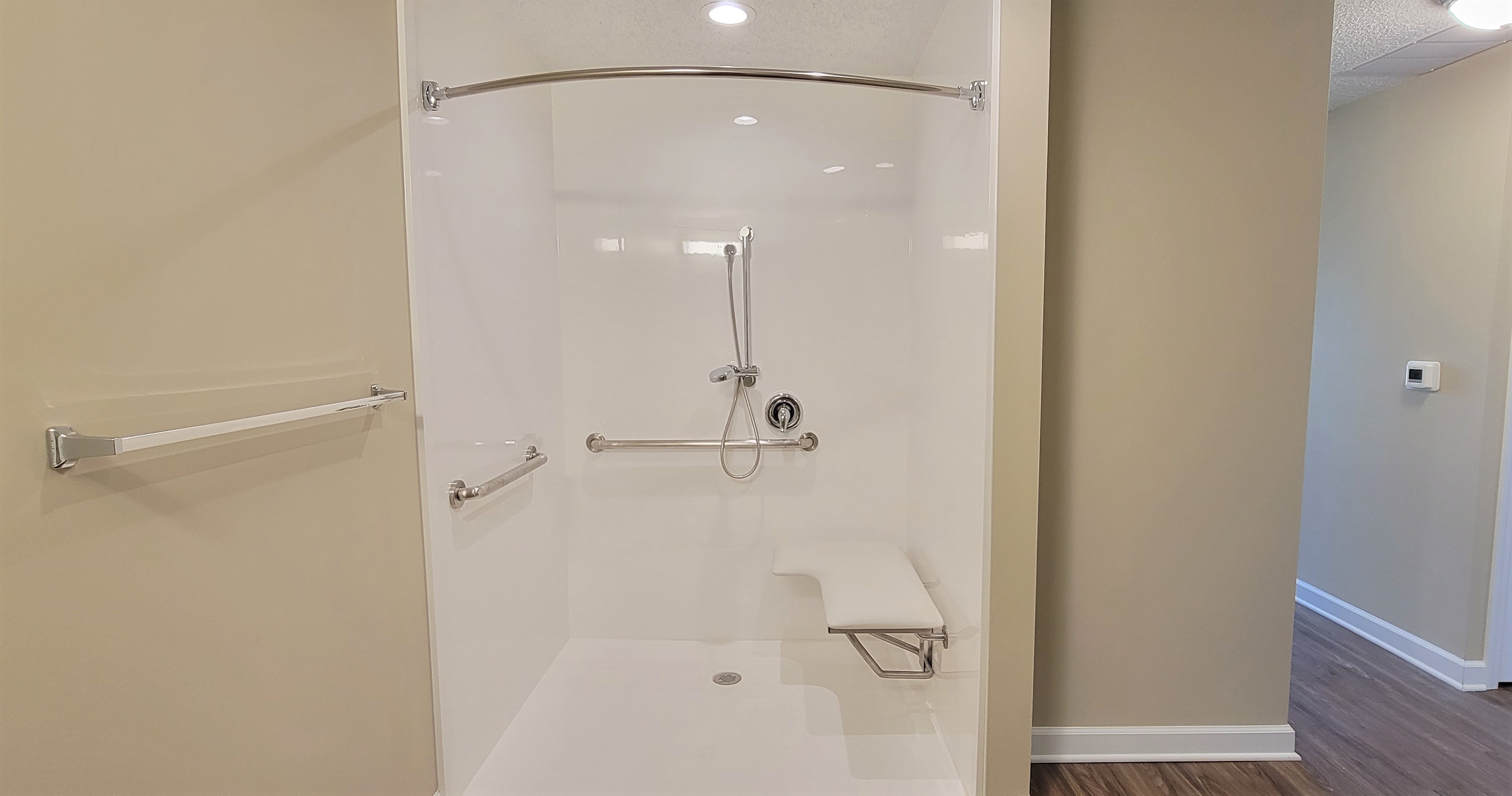
The Department of Housing and Urban Development (HUD) created public housing to provide decent and safe rental housing for eligible low-income families, the elderly, and persons with disabilities. The Housing Authority is the landlord and rent is based on the household’s anticipated gross annual income less deductions. Households do not pay more than 30 percent of their income in rent.
With the Section 8 vouchers, residents maintain the same protections and rights as they do with public housing, but they can also “port” or move to other housing authorities or take their housing voucher to a private landlord.
Tenants are not having to pay any relocation costs and their rents are not increasing. The vouchers follow low-income guidelines, meaning tenants pay no more than 30 percent of their income on rent.
A private developer partnered with HAS to purchase the units, using more than $12 million in tax credit equity. The overall project cost was $42 million.
Why care?
Springfield is facing a critical shortage of safe, decent and affordable housing, according to the 2021 Community Focus Report. The annual counts conducted by Community Partnership of the Ozarks’ have found approximately 500 people experiencing homelessness in this community on any given night.
Springfield Public Housing provides income-based affordable housing that guarantees qualified renters will not pay more than 30 percent of their income.
During the compliance period of 15 years, Keystone Family Homes will be the landlord for the phase one properties. After 15 years, HAS will again be the owner, explained Katrena Wolfram, HAS executive director.
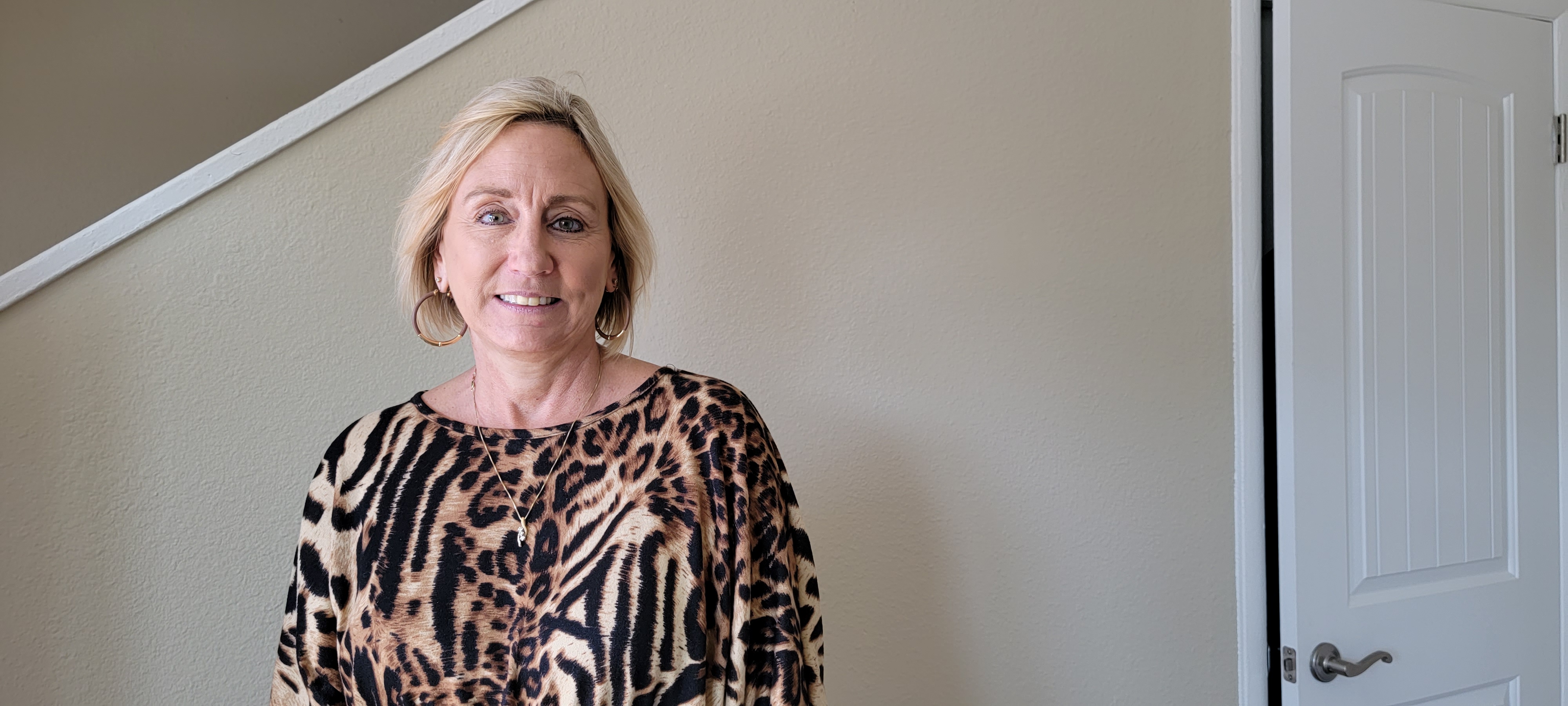
“At the end of the day, that tenant doesn’t see any change in rent,” Wolfram said. “The only thing that changes is they get a new unit, and the way their subsidy comes in is through Section 8 instead of public housing with us as the landlord.”
The changes are what’s known as Rental Assistance Demonstration (RAD) program.
More and more housing authorities across the country are making the switch in order to make much-needed renovations to older affordable-housing units as well as remove the stigma of “public housing.”
“When they move in, they have a greater sense of stability,” Wolfram said. “I think it gives them more confidence, better self-esteem.”
If Wolfram is able to secure the funding, phase two and phase three will include renovating the four public housing high-rise towers: Stillwell Columns, South Tower, Madison Tower and Heritage Tower, as well as constructing an apartment complex for homeless veterans near the VA Clinic on Republic Road.
About Housing Authority of Springfield’s phase one
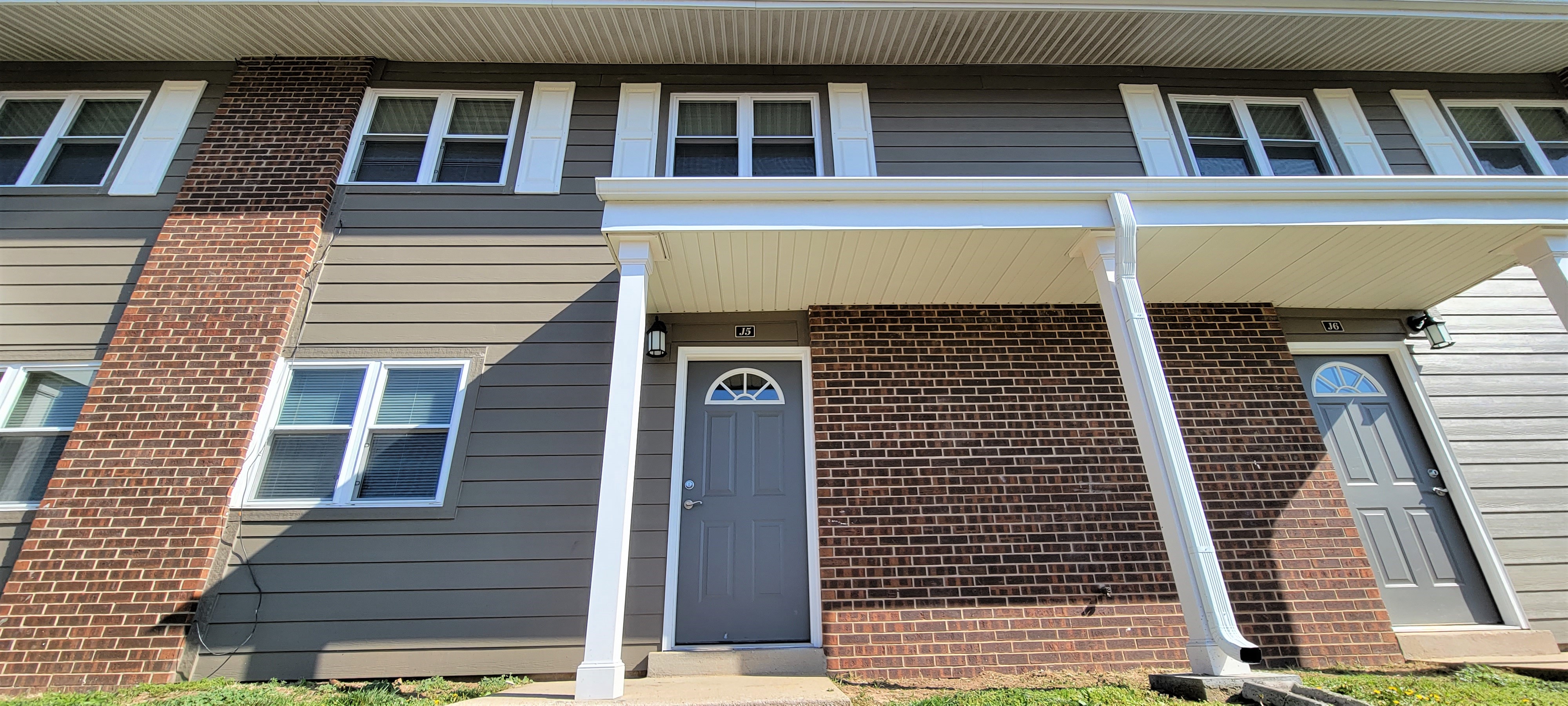
Phase one includes the remodeling of nearly 300 “family site” units in Springfield. According to Chuck Hicks, HAS maintenance supervisor, about 70 percent of the 297 units are done.
The family site units are scattered throughout Springfield; some are large complexes and others are duplex homes here and there.
Along with renovations and upgrades, most of the sites are being renamed to help remove the public housing stigma.
The sites include: Keystone Family Homes (formerly Bolivar Road Apartments), Green Way Village (formerly Glenwood Manor), Carson Lee Estates (formerly Dogwood Square), River Wood Homes (duplexes on North Delaware and South Weaver Court), Cedarbrook Estates, Arrowhead Town Homes (formerly Villa Marie Apartments) and Sun City Estates (scattered sites).
All of the family-site units are getting fresh paint, new floors, new windows, plumbing and HVAC replacements, energy-efficient lighting, new kitchen appliances and counters and remodeled bathrooms. The remodeled units offer amenities public housing couldn’t such as dishwashers, washers and dryers, for example.
Upgrades are also being done to the exterior of the buildings including new roofs, siding, landscaping, and parking lot repairs and resurfacing.
Phase one is expected to be completed by December 2023.
Wolfram and Hicks gave the Daily Citizen a tour of these two properties and the Madison Tower public housing complex.
The Keystone Family Homes complex, which was known for its frequent police calls back when it was the Bolivar Road Apartments, now has a security gate and iron rod fence around the perimeter. Residents use a fob to get in and out, and guests must be buzzed in by a resident.
Keystone Family Homes complex has 80 units and is located at 2336 N. Bolivar Rd.
A new community building was constructed on the Keystone Family Homes site. The 2,250-square-foot building has a mailroom, a computer room, a large kitchen and dining room area, game tables, a playroom for small children and a living room area with a large flat-screen television, couch and comfy chairs.
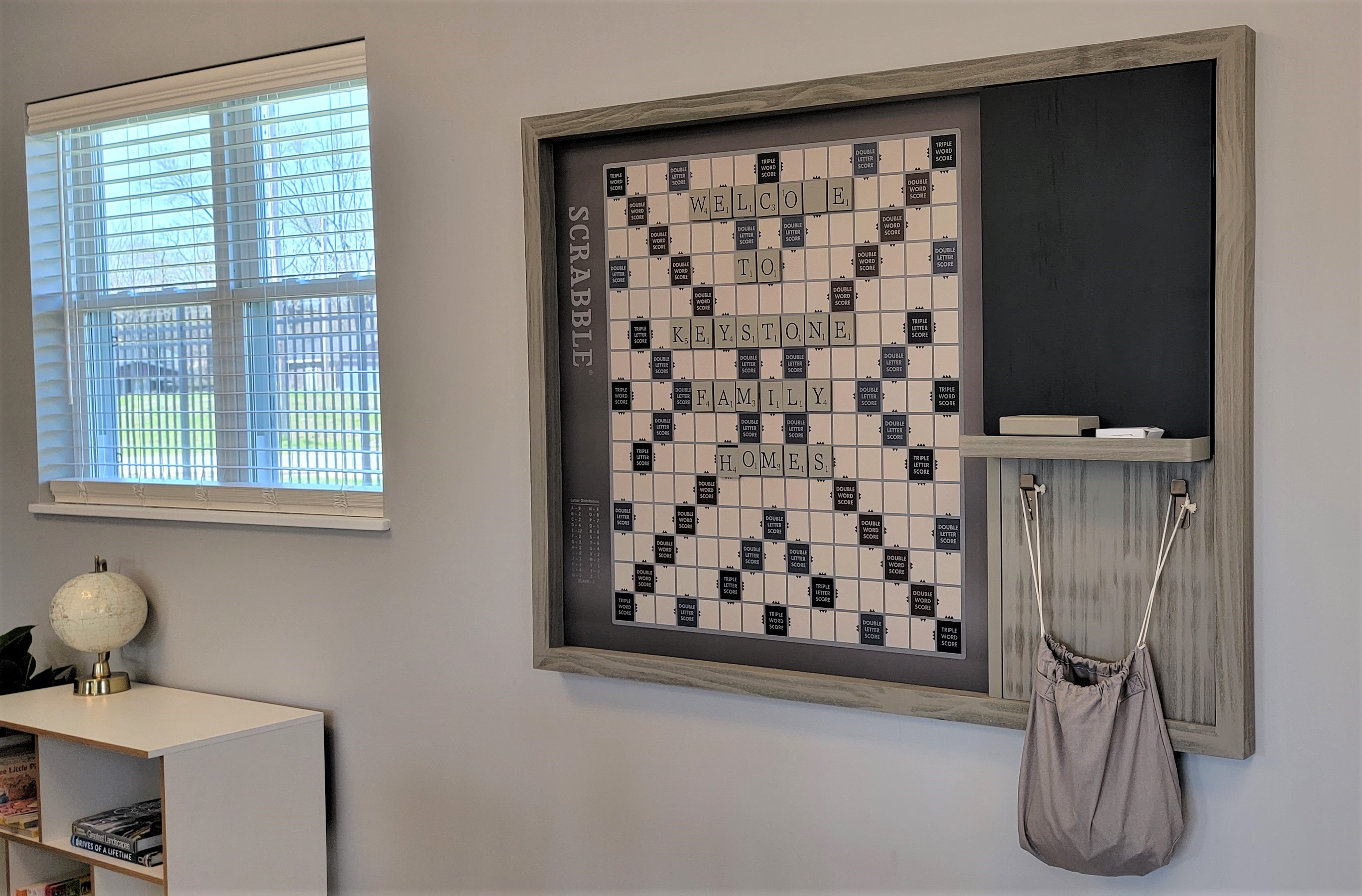
Cedarbrook Estates also got a new community building, Wolfram said.
Carson Lee Estates (formerly Dogwood Square) is still under renovation and is located on South Avenue. It has 24 units. Of those, four are ADA compliant.
Both complexes were built in 1972 and were in dire need of renovations before phase one began, Wolfram said.
Housing director with Catholic Charities sees positive outcomes
Cindy VanBuskirk is the housing program director for Catholic Charities of Southern Missouri. Catholic Charities operates the Rancho Emergency Shelter and Housing Program, which is housed in the former Rancho Motel in north Springfield. The Rancho houses families and homeless women in need of medical respite.
VanBuskirk said she feels the RAD project is a really “positive thing.” She knows of two Rancho residents who were able to move into one of the newly remodeled units.
VanBuskirk said she’s heard so many positive comments about the units from her staff who inspect the units before clients can move in.
“I think the biggest thing for me is knowing how this affects our clients,” VanBuskirk said, “Just giving them a place to make them feel more prideful of where they are living, to me, is just so helpful.”
“So many of our families need really low-income housing. So many are on disability,” VanBuskirk said. “They just have no support, and they are alone. They are single and living on one income is sometimes very difficult when you have to seek out jobs that don’t pay well.
“And the housing market here in this area,” she continued, “we have a huge shortage for low-income housing. Even normal housing is hard to come by right now. But we’ve got people waiting and waiting to get into a home.”
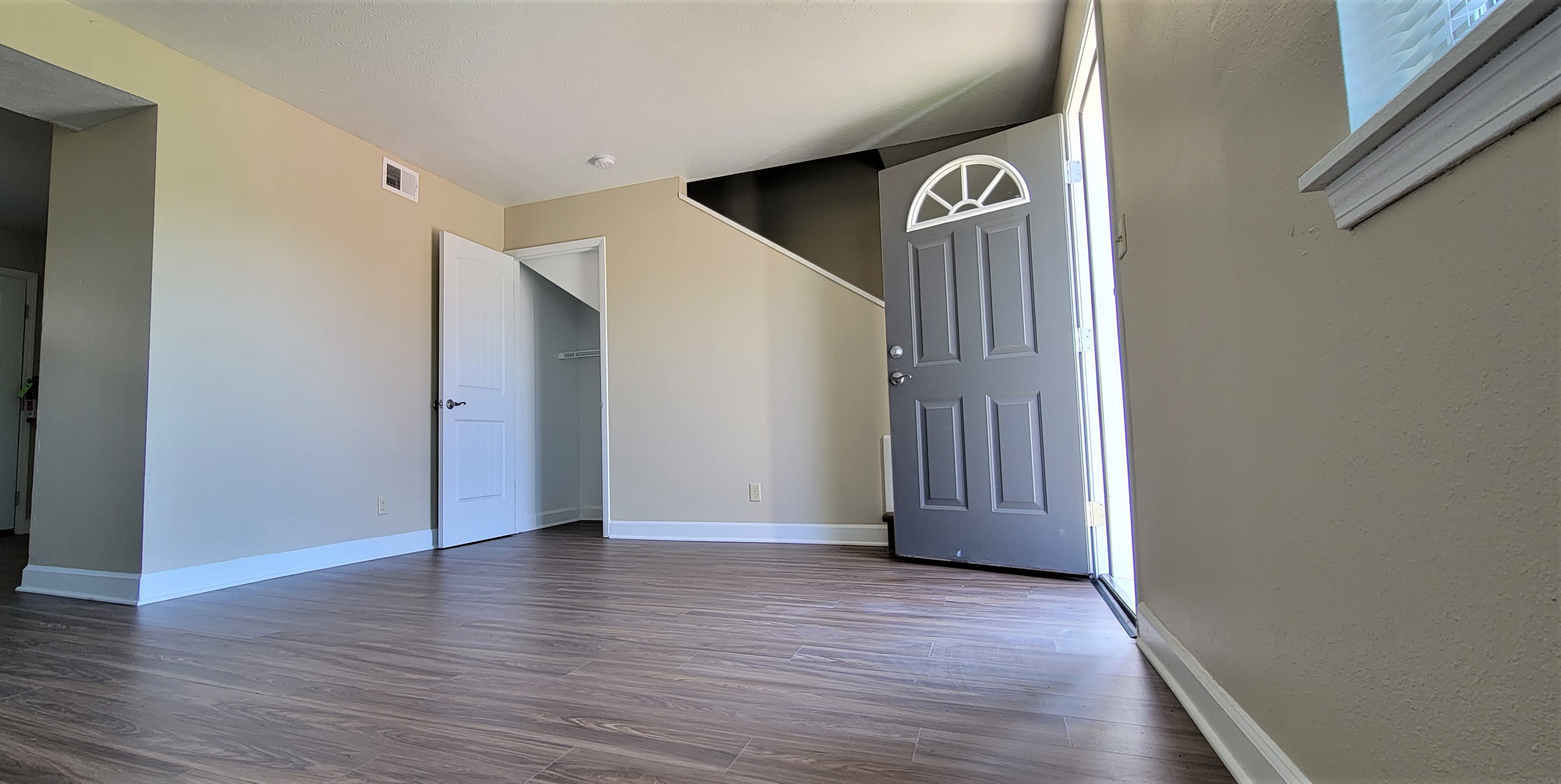
Tenant advocate says many residents not happy with RAD
Alice Barber is an organizer with Springfield Tenants Unite, a tenants-rights advocacy group that was formed in the early days of the pandemic when many people were losing their jobs and being evicted with little to no recourse.
The group first learned about Housing Authority’s plans to do a RAD conversion from a local TV report, Barber said.
Members of the group began knocking on doors of public housing units and asking folks what they knew about RAD and how they felt about switching to a voucher-based program,
“The tenants told us that they knew that this RAD was a once-in-a-lifetime opportunity to make improvements to their housing, that there was never going to be this much money to renovate things again,” Barber said. “And so they wanted to have a role in that. They knew this was the only chance that they were going to get and they were the people who had to live in this housing, so they wanted to have a say in the process. But they felt that they’ve been shut out of the planning process.”
According to Barber, HAS hosted meetings for residents to learn more and express their opinions — but those meetings weren’t easily accessible for everyone who wanted to attend. At least one meeting was held at the Madison Tower in downtown, but not everyone had transportation to get there, Barber said.
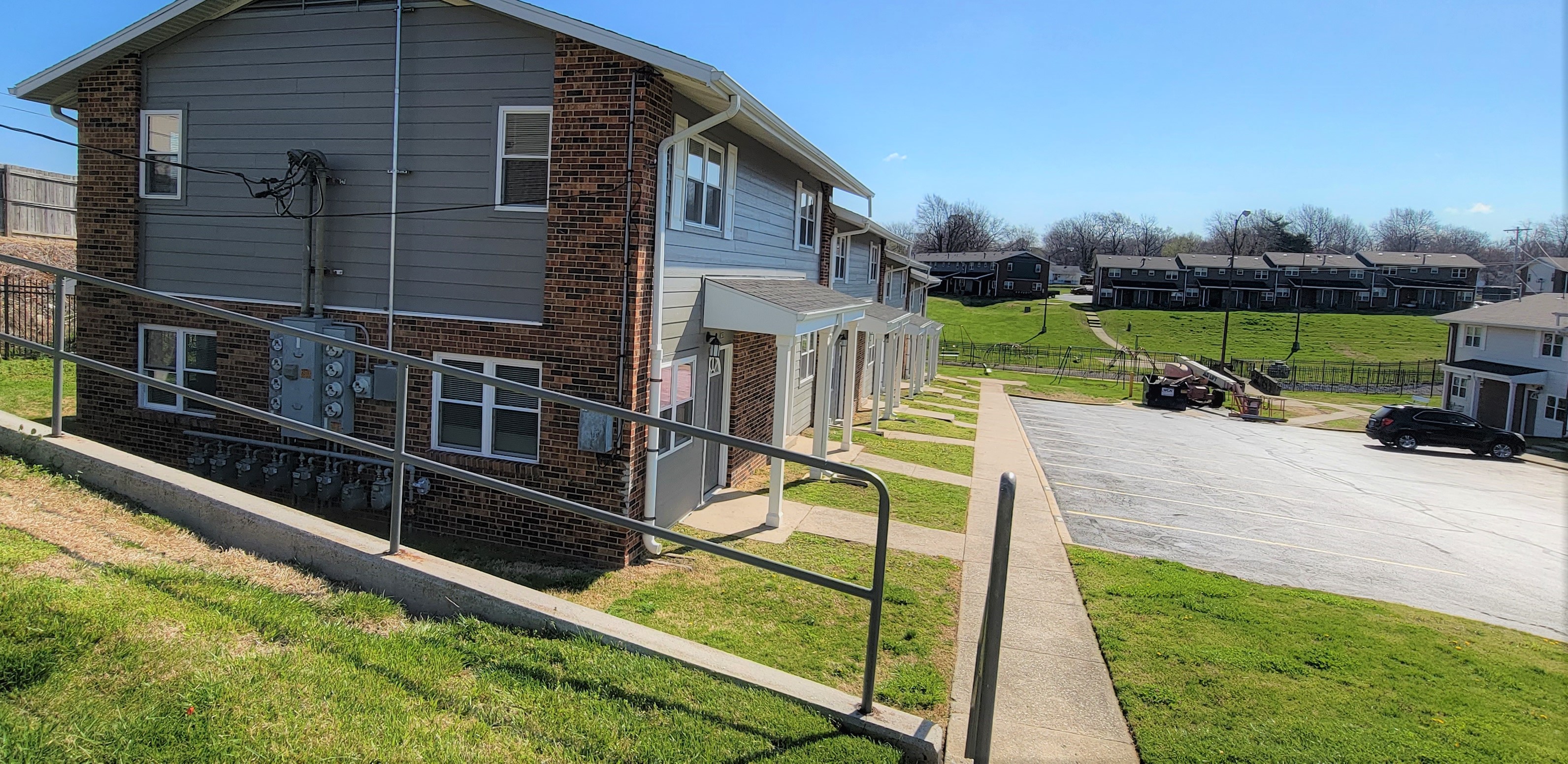
“And there were also some phone and virtual meetings that were not accessible to tenants with disabilities,” she said. “One person that we talked to was deaf and she couldn’t hear anything on the phone meeting. But she still called in to speak because she wanted her voice to be heard even though she couldn't hear anyone else.”
Wolfram disputes this, saying that everyone had access to the meetings and the person who was deaf had an interpreter present.
Barber said residents have told her that they felt like their voices weren’t being heard whenever they tried to request specific modifications they wanted to see incorporated into the renovation of their unit. For example, some residents with disabilities might have asked for a grab bar to help them get into their shower, Barber said.
Some tenants depend on their neighbors for support and help, Barber said.
“They had no guarantee that when they relocated,” she said, “that they would be relocated to the same place to keep that support network. And so people were afraid that they would lose their support network.”
Asked if she’s heard from tenants who have moved back into a renovated unit, Barber said she has and not all are happy with their homes.
“Those tenants are reporting things like the renovation basically isn’t giving them what was promised,” she said. “People are saying the renovation seems to have prioritized curb appeal over quality of life. So what they were expecting to get out of their actual living conditions is not that much better, but their house looks pretty on the outside.
“None of the folks we talked to were completely opposed to RAD as a concept,” Barber said. “They wanted to have their homes renovated. They wanted to have all the things they have been complaining about for years fixed. They wanted to have accessible homes. But throughout the entire process, they felt like they had not had the power to make decisions about the places that they were going to have to live in.”
According to Wolfram, Springfield Tenants Unite requested that all 297 — even the two-story units — be ADA compliant and “that was not at all feasible with the family sites.”
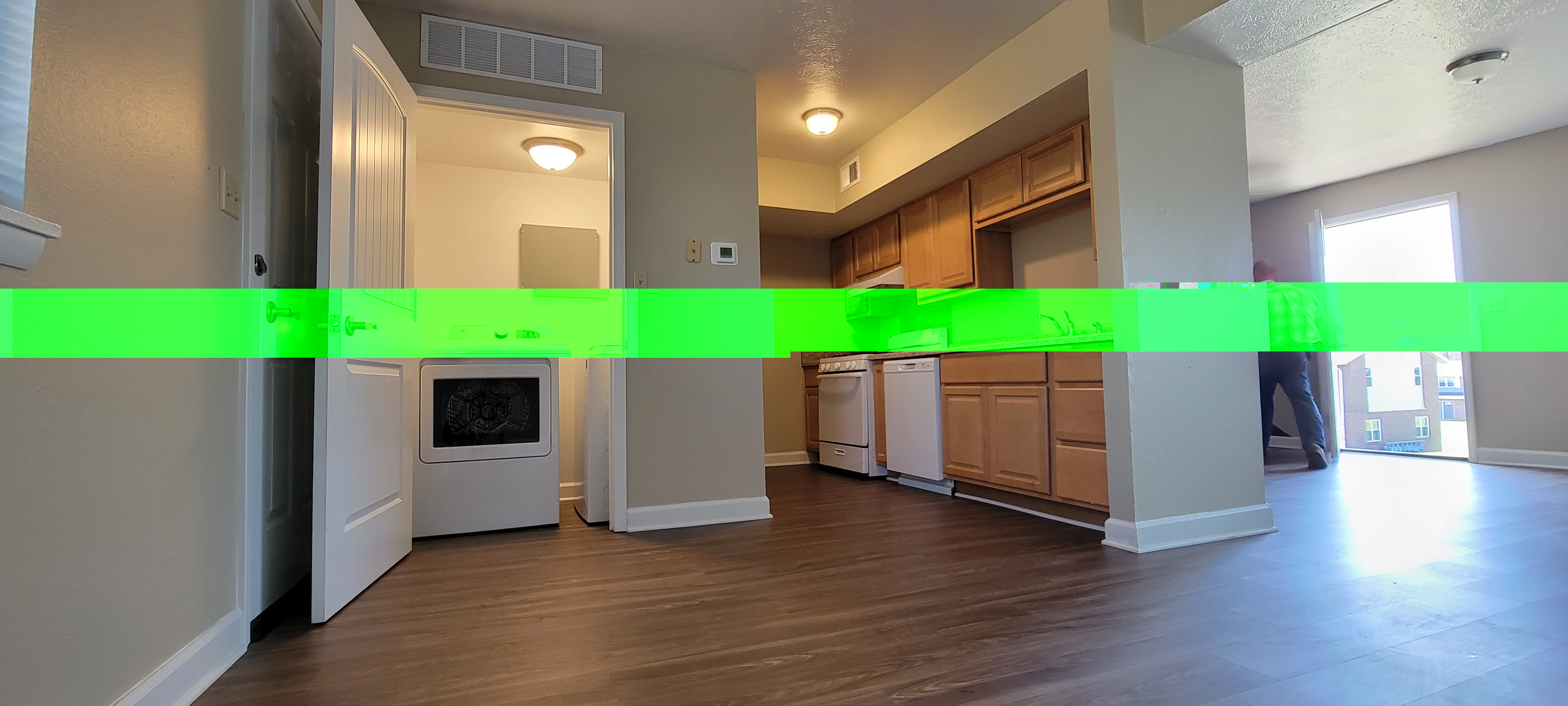
Five things to know about RAD
Here are five things to know about the Rental Assistance Demonstration (RAD) program, according to the U.S. Department of Housing and Urban Development.
- RAD allows public housing agencies to leverage public and private debt and equity in order to reinvest in the public housing stock.
- In RAD, units move to a Section 8 platform with a long-term contract that, by law, must be renewed in perpetuity. A Use Agreement is also recorded under RAD further enforcing HUD’s long-term interest. This ensures that the units remain permanently affordable to low-income households.
- Residents benefit from a right of return, a prohibition against rescreening and robust notification and relocation rights. Residents continue to pay 30 percent of their adjusted income towards the rent, maintain the same basic rights as they possess in the public housing program and gain a new option to request tenant-based assistance if they wish to subsequently move from the property.
- RAD maintains the ongoing public stewardship of the converted property through clear rules requiring ongoing ownership or control by a public or non-profit entity.
- RAD is highly cost-effective, relying on shifting existing levels of public housing funds to the Section 8 accounts as properties convert.



